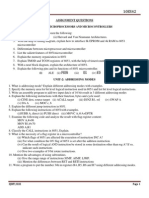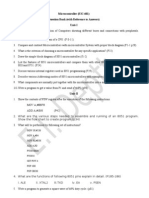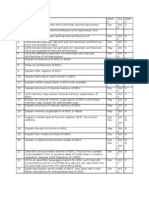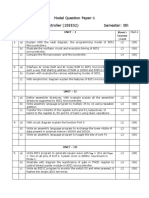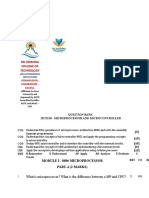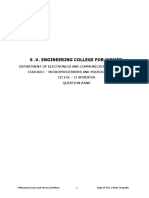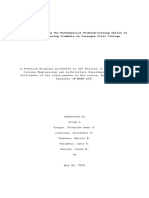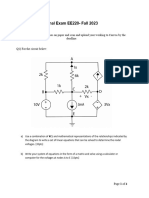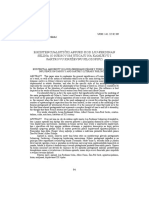0% found this document useful (0 votes)
63 views3 pages8051 Practice Question
The document outlines various topics related to microcontrollers, particularly focusing on the 8051 and MSP430 architectures. It includes detailed explanations of internal structures, programming techniques, addressing modes, and the comparison of different architectures such as Harvard and Von-Neumann. Additionally, it discusses the features, registers, and applications of both microcontrollers, along with practical programming examples and algorithms.
Uploaded by
sekirodietwice81Copyright
© © All Rights Reserved
We take content rights seriously. If you suspect this is your content, claim it here.
Available Formats
Download as PDF, TXT or read online on Scribd
0% found this document useful (0 votes)
63 views3 pages8051 Practice Question
The document outlines various topics related to microcontrollers, particularly focusing on the 8051 and MSP430 architectures. It includes detailed explanations of internal structures, programming techniques, addressing modes, and the comparison of different architectures such as Harvard and Von-Neumann. Additionally, it discusses the features, registers, and applications of both microcontrollers, along with practical programming examples and algorithms.
Uploaded by
sekirodietwice81Copyright
© © All Rights Reserved
We take content rights seriously. If you suspect this is your content, claim it here.
Available Formats
Download as PDF, TXT or read online on Scribd
/ 3




